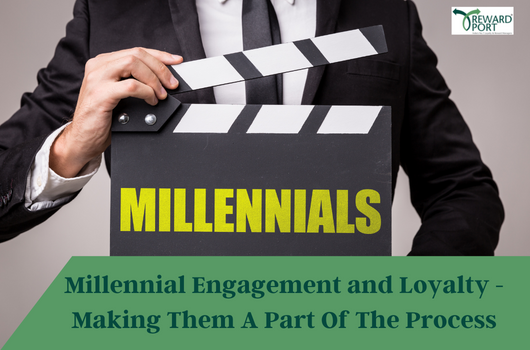Millennials, or people born roughly between 1980 and 2000, are tough customers in both the literal and proverbial sense. With social media, subscription boxes and targeted advertisements following consumers on every website they visit, it’s easy for shoppers to get distracted. Since most of these teenagers to thirty-somethings were born into the age of e-commerce, it’s easy to assume they’re susceptible to the intrigue created by the new brands and products constantly inundating their screens.
Millennials represent the modern consumer. With this in mind, it’s no surprise that companies across all industries and verticals are catering to the needs of millennials as a way to earn their loyalties. Traditional methods of advertising have been proven ineffective in capturing their attention. Most people are never more than a tap, swipe or click away from almost anything. The fact remains that the digital world has forcefully inserted itself into all the phases of the buying process, especially for the millennial generation. As more millennials begin to enter the market, the question that arises is- how companies can appeal to these digital natives?
Agreed, millennials are choosy about their brands, but they are also more willing than older generations to switch brands if they can save money by doing so. While advertising may seem like the go-to strategy.
There are more efficient ways to get in front of this audience and reach them time and time again
Personalization
Millennials want to know that a company is paying attention to their specific needs. The critical component of delivering a personalized digital experience is a mobile-first strategy that guides each customer through all phases of the shopping journey. The look and feel of a customized product are important to the members of this generation who has an open- door policy. They are more likely in the first place to listen to your pitch, even if you are pitching from a brand they haven’t heard before. Companies can present options, targeted messages, recommendations and personalized services that can be effective in the right circumstances. To attract millennial shoppers, brands must think in terms of experience, not discounts and offers off alone. Brands can approach experience-focused programs in a number of ways, such as offering customers free shipping, skipping a checkout line, early access to a sale or the ability to view products before other customers. By focusing on the experience and personalization, brands can help shoppers feel as if they’re a part of something bigger than just a loyalty program, thus building an emotional relationship with the consumer, which is key for Millennials.
Engagement
In addition to providing a great product, responding and engaging with millennials in a timely and authentic way will also help cement a long-term relationship. As a tech-savvy and highly connected generation, it is no surprise that millennials are drawn to loyalty programs that engage them through various channels. Whether online, mobile app or in-store, brands can reinforce millennial loyalty with a program that keeps them looped into the brand experience. It’s important to have a cohesive marketing strategy across the brand’s website, e-mail campaigns and social media properties for relevant communication to elevate customer loyalty. Based on data collected from these sources, platforms can be used reengage, share new opportunities, offers and promotions that will keep millennial shoppers hooked and coming back for more. Social media as a platform is not only great for consistent, relevant communication but also has the added benefit of facilitating peer-to-peer recommendations, which many millennial shoppers turn to before making purchases. By adding game-like features to their reward program, brands have the potential to create customizable and rewarding experiences, providing entertainment value to the customer while bolstering engagement.
Convenience
Even a loyalty program with experiential components, engaging qualities, and price, the ultimate deciding factor can turn off this generation, if it is difficult to use. While millennials rely on technology to streamline their lives, they expect digital solutions to augment their experiences. This means brands must develop loyalty programs that are frictionless and easy to navigate across various channels – whether on a laptop, desktop, a mobile or a tablet. Millennials are quick to abandon slow-loading apps or confusing interfaces that do not save them the time or add value to their lives. Like other leading mobile solutions, loyalty programs can capitalize on common mobile strategies like real-time alerts, multichannel capabilities, and personalization or even technologies like mobile wallets.
Brands that want to capture this demographic will have to abandon traditional, shop-worn loyalty strategies in favor of new programs that emphasize experience, engagement, and convenience. Appealing to this demographic requires brands to ensure that the ways they deliver their rewards programs are as flexible and mobile as millennials are themselves.


